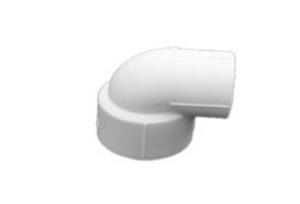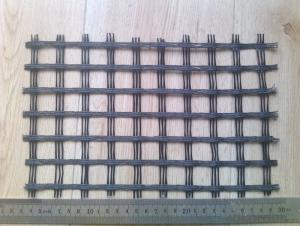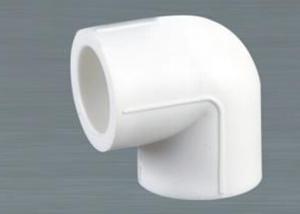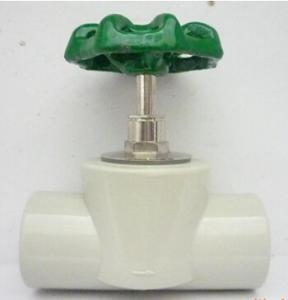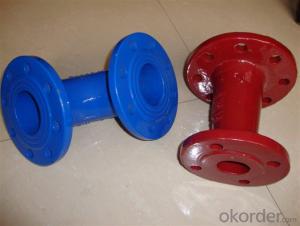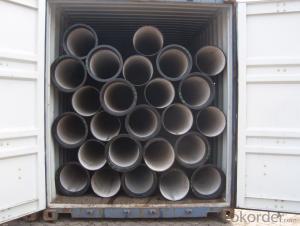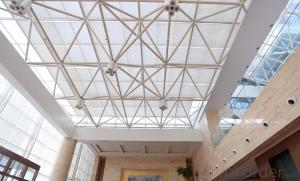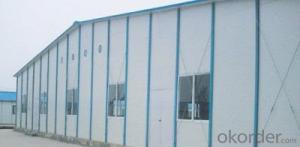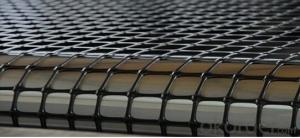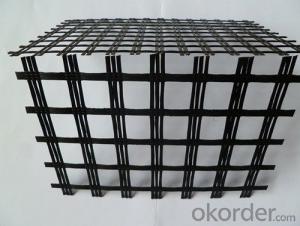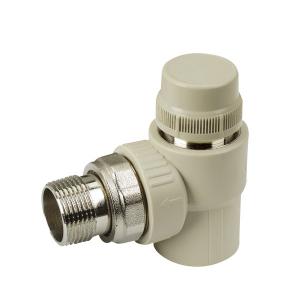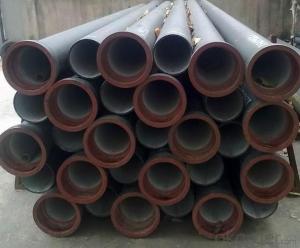Geogrid On Slope
Geogrid On Slope Related Searches
Led For Cannabis Growing Fiberglass Panels For Roofing Geogrid For Retaining Wall Geogrid For Erosion Control Geogrid For Road Stabilization Geogrid For Gravel Roads Geogrid For Gravel Driveway Geogrid For Roads Geogrid For Driveway Geogrid For SlopesHot Searches
Steel Mesh Panels For Sale Welded Wire Panels For Sale Types Of Temporary Side Panels For Cement Deck Fiberglass Panels For Sale Fiberglass Greenhouses For Sale Scaffolding For Sale On Ebay resin panels for sale Eps Panels For Sale China Aluminum Plate Panels Aluminum Foil On Sale Marlite Frp Panels Price Types Of Paints Used On Ships Price On Fencing Kitchen Table Sets On Sale Floor Fans On Sale Staples Desk Chairs On Sale Offset Patio Umbrellas On Sale Kerosene Heaters On Sale Cost To Install Frp Panels Geogrid Fabric For SaleGeogrid On Slope Supplier & Manufacturer from China
Okorder.com is a professional Geogrid On Slope supplier & manufacturer, offers integrated one-stop services including real-time quoting and online cargo tracking. We are funded by CNBM Group, a Fortune 500 enterprise and the largest Geogrid On Slope firm in China.Hot Products
FAQ
- Yes, geogrids are suitable for reinforcing bridge abutment backfills. Geogrids are commonly used in civil engineering projects to enhance soil stability and provide reinforcement. They can effectively distribute the load and prevent soil movement, thereby improving the overall strength and performance of bridge abutment backfills.
- Yes, geogrids are suitable for railway track stabilization. Geogrids are commonly used in railway construction and maintenance projects to improve soil stability, increase load-bearing capacity, and prevent track deformations. They provide reinforcement and confinement to the ballast layer, enhancing its strength and preventing lateral movement of the track. Geogrids also help distribute loads more evenly, reducing track settlement and improving overall track performance and longevity.
- The factors that affect the long-term oxidation resistance of geogrids include the material composition and quality of the geogrid, exposure to environmental conditions such as temperature and moisture, presence of chemicals or pollutants in the surrounding environment, and the design and installation of the geogrid in the application.
- Geogrids improve the performance of reinforced soil slopes in seismic areas by providing enhanced stability and resistance against seismic forces. These geosynthetic materials act as a reinforcement, effectively distributing the loads and reducing the potential for slope failure during seismic events. Geogrids increase the strength and stiffness of the soil, minimizing the development of shear strains and displacements. This results in improved slope stability, reduced deformation, and better overall performance in seismic areas.
- What criteria should be used in the construction of Geogrid
- Is a reference to the construction specifications of the geogrid can be found in the library.
- What is the GDL geogrid
- 2, to highlight the advantages of geogrid is deformation under sustained loading (creep) tendency is very small, creep strength is much better than other materials geogrid, plays an important role in improving the service life of the project;3, the mesh grille and soil interlock and interlock function, constitute an efficient stress transfer mechanism, so that local load can be quickly and effectively spread to a large area of soil, to reduce the local failure stress, improve the service life of engineering.
- Yes, geogrids are suitable for use in slope stabilization for mining tailings dams. Geogrids are strong and durable materials that can provide reinforcement and stability to slopes. They can effectively prevent erosion and soil movement, reducing the risk of slope failure in mining tailings dams. Additionally, geogrids are cost-effective and easy to install, making them a reliable solution for slope stabilization in these specific environments.
- Geogrid construction must be folded back 2m wrapped in compacted packing on it?
- Edit this section of geogrid construction notesPaved geogrid should be smooth, paving layer after acceptance, to prevent longitudinal askew phenomenon, according to the width of paving layer or draw white thread, you can start paving, and then use the end of the nail fixed grid (nail 8, per meter wide uniform fixed distance) well, after the end of the fixed grid, with the paving machine will grill slowly pulled forward each shop, shop 10 meters long artificial tightening and straightening once, until a volume grating puwan, put the next volume, operation with a roll of puwan with roller 6T-10T from the starting point to begin the direction of rolling over, (steel rolling as road paving in the surface layer and the leveling layer, the machine is appropriate; such as grid laid directly on the concrete pavement, with the roller roller is appropriate) ground shop: Volume long unit as the laying of the long, the grid should be covered the long shop Full, then the overall check a paving quality, and then paving the next section, the next section of paving, grille and grille can be used lap length 10-15CM, and fixed with nails or wedge to shop in second, to the direction followed by analogy with operating requirements.




